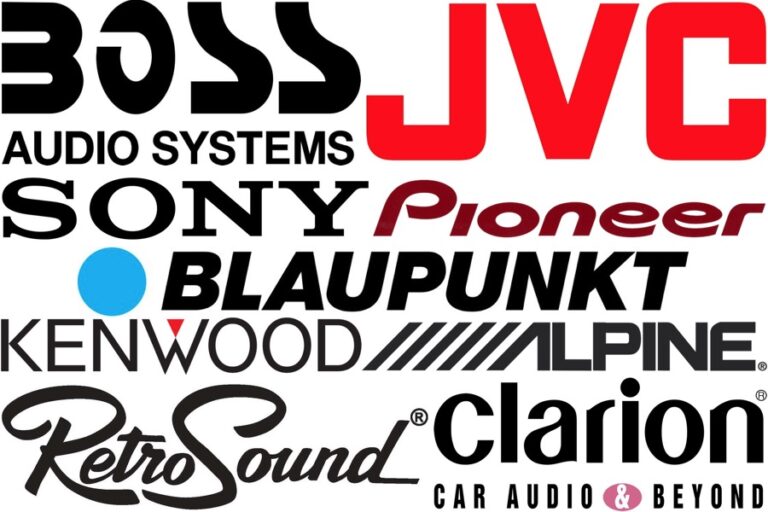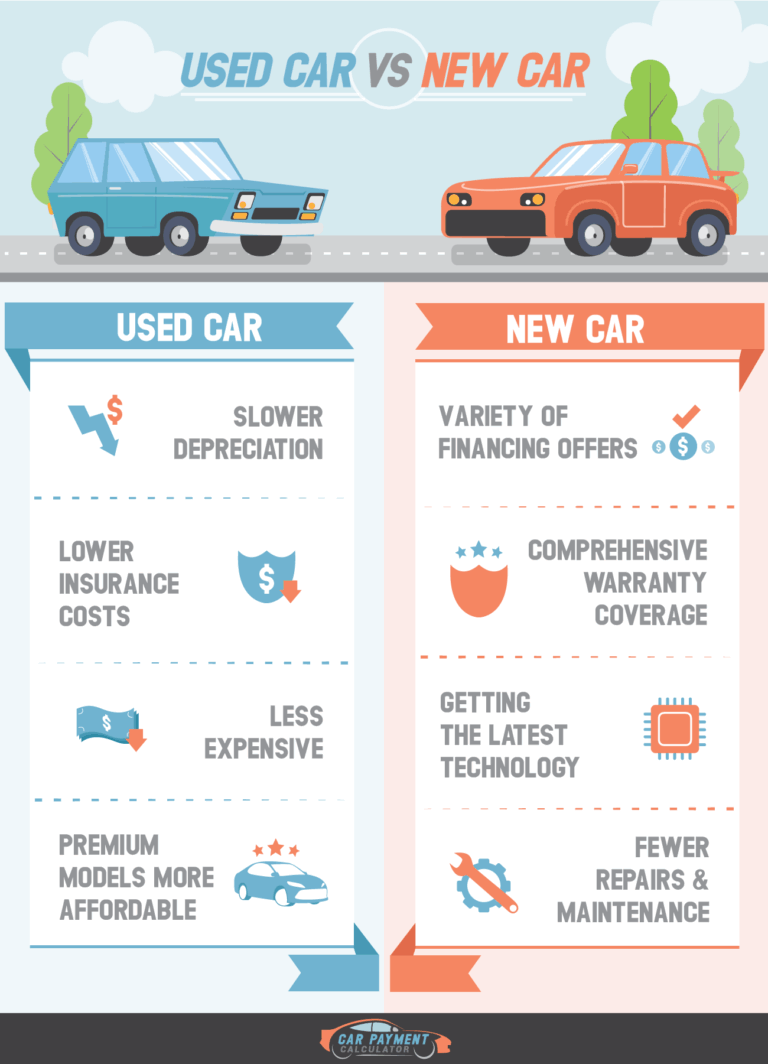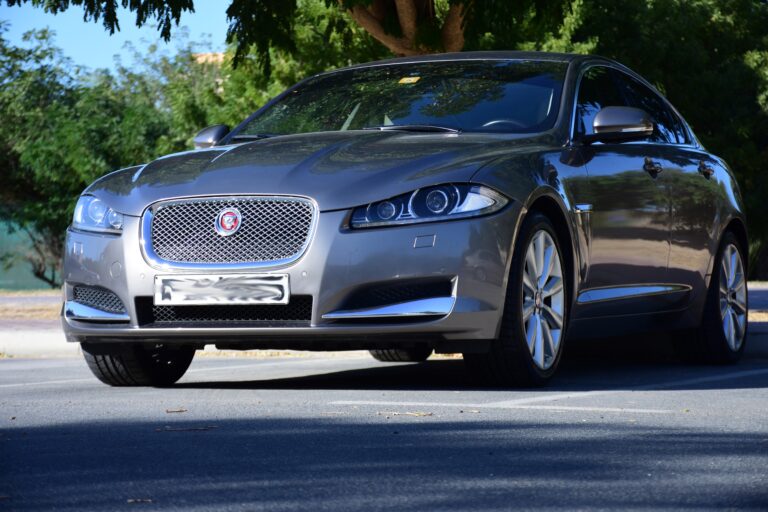Top Car Amplifier Brands: Powering Your Ultimate In-Car Audio Experience
Top Car Amplifier Brands: Powering Your Ultimate In-Car Audio Experience cars.truckstrend.com
The roar of an engine, the open road, and a killer playlist – for many, this is the epitome of driving pleasure. But even the best car stereos can fall short when it comes to delivering the crisp, powerful, and distortion-free sound that true audiophiles crave. This is where a car amplifier steps in, transforming your vehicle’s audio system from mundane to magnificent.
A car amplifier is the heart of any serious car audio setup, taking the low-level audio signal from your head unit and boosting it to a level powerful enough to drive your speakers and subwoofers effectively. Without a dedicated amplifier, your speakers are likely underpowered, resulting in weak bass, muddy mids, and distorted highs, especially at higher volumes. Investing in a quality amplifier from a reputable brand isn’t just about making your music louder; it’s about unlocking its full potential, revealing details you never knew existed, and creating an immersive listening experience on the go.
Top Car Amplifier Brands: Powering Your Ultimate In-Car Audio Experience
In this comprehensive guide, we’ll delve into the world of car amplifiers, exploring why they matter, what to look for, and shining a spotlight on the top brands that consistently deliver exceptional performance and reliability.
Why a Quality Car Amplifier Matters
Many factory-installed car stereos are designed for basic functionality, providing just enough power to make the speakers audible. However, they often lack the wattage, current, and clean signal required to truly bring music to life. Here’s why upgrading to a quality car amplifier is a game-changer:
- Enhanced Sound Clarity: Amplifiers provide a cleaner, more stable power supply to your speakers, significantly reducing distortion, even at high volumes. This results in crisper highs, clearer vocals, and more defined instrumentation.
- Deeper, More Powerful Bass: Subwoofers, in particular, demand a lot of power to move air and produce deep, resonant bass notes. A dedicated amplifier ensures your sub gets the juice it needs, delivering impactful and articulate low frequencies.
- Increased Dynamic Range: An amplifier allows your system to reproduce the full spectrum of sound, from the softest whispers to the loudest crescendos, without losing detail or distorting.
- Speaker Longevity: While it might seem counterintuitive, underpowering speakers can be more damaging than overpowering them. An amplifier that provides sufficient, clean power helps your speakers operate within their optimal range, preventing clipping and extending their lifespan.
- System Expandability: Many amplifiers offer features like built-in crossovers, equalization, and multiple channels, allowing you to fine-tune your sound, add more speakers, or integrate a subwoofer seamlessly.
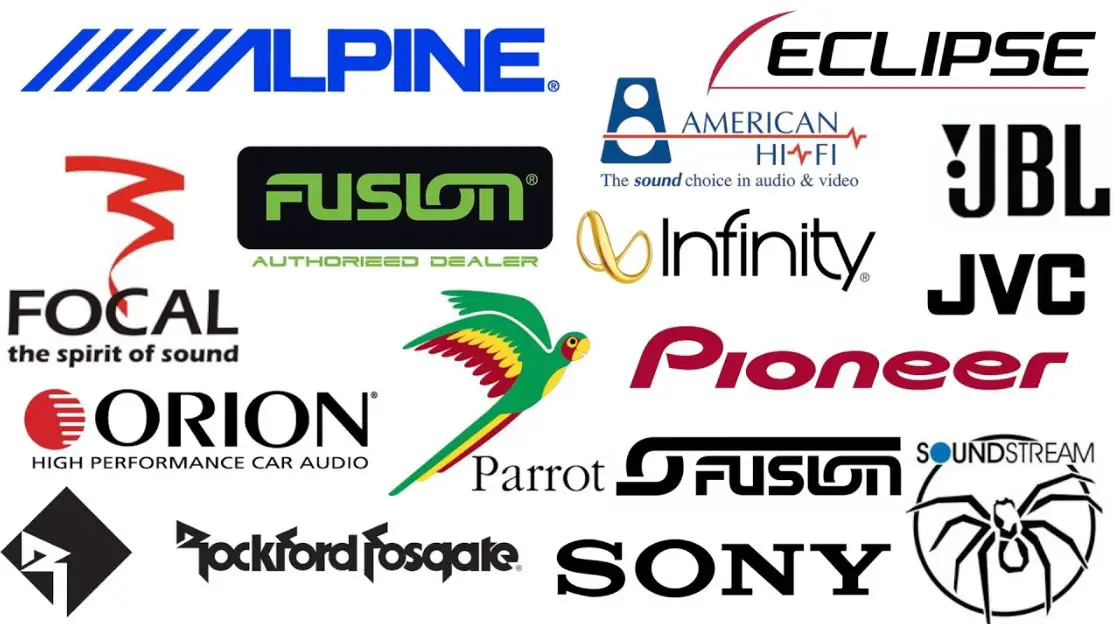
Key Factors to Consider When Choosing an Amplifier
Selecting the right amplifier involves understanding several technical specifications and matching them to your audio goals and existing components.
-
Power Output (RMS vs. Peak):
- RMS (Root Mean Square): This is the most crucial rating. RMS power indicates the continuous power an amplifier can deliver cleanly. Always match your amplifier’s RMS output to your speakers’ RMS power handling for optimal performance and longevity.
- Peak Power: This is the maximum power an amp can produce for a brief instant. It’s largely a marketing number and less important than RMS.

-
Channels:
- Mono (1-channel): Designed specifically for powering subwoofers. They are typically Class D for efficiency.
- 2-Channel: Ideal for powering a pair of full-range speakers or bridging to power a single subwoofer.
- 4-Channel: Most versatile, perfect for powering two pairs of full-range speakers (e.g., front and rear), or one pair of speakers and bridging the remaining two channels for a subwoofer.
- 5-Channel: An all-in-one solution, typically providing four channels for full-range speakers and one dedicated, higher-power channel for a subwoofer.
- Multi-Channel (6+): For complex setups with component speakers, multiple sets of speakers, or active crossovers.
-
Amplifier Class (Efficiency):
- Class A/B: Traditional design, known for excellent sound quality, but less efficient (around 50-60%) and generates more heat. Often preferred for full-range speakers.
- Class D: Highly efficient (80-90%+), runs cooler, and is more compact. Ideal for subwoofers due to their high power demands, but modern Class D amps also deliver excellent full-range sound.
-
Frequency Response: Indicates the range of frequencies the amplifier can reproduce. A wider range (e.g., 20 Hz – 20 kHz) means it can handle the full spectrum of human hearing.
-
Signal-to-Noise Ratio (SNR): Measured in decibels (dB), this indicates how much cleaner the signal is compared to the background noise. A higher SNR (e.g., 100 dB) means less audible hiss or interference.
-
Total Harmonic Distortion (THD): Expressed as a percentage, THD measures the amount of distortion added to the audio signal. Lower is better (e.g., 0.05% THD).
-
Input Sensitivity (Gain): Allows you to match the amplifier’s input level to the output level of your head unit, preventing clipping and ensuring optimal signal transfer.
-
Size and Mounting: Consider the available space in your vehicle (under a seat, in the trunk, behind a panel) and ensure the amplifier you choose will fit and have adequate ventilation.
-
Budget: Amplifiers range from under $100 to several thousands. Define your budget, but prioritize RMS power and reputable brands over peak power numbers and obscure manufacturers.
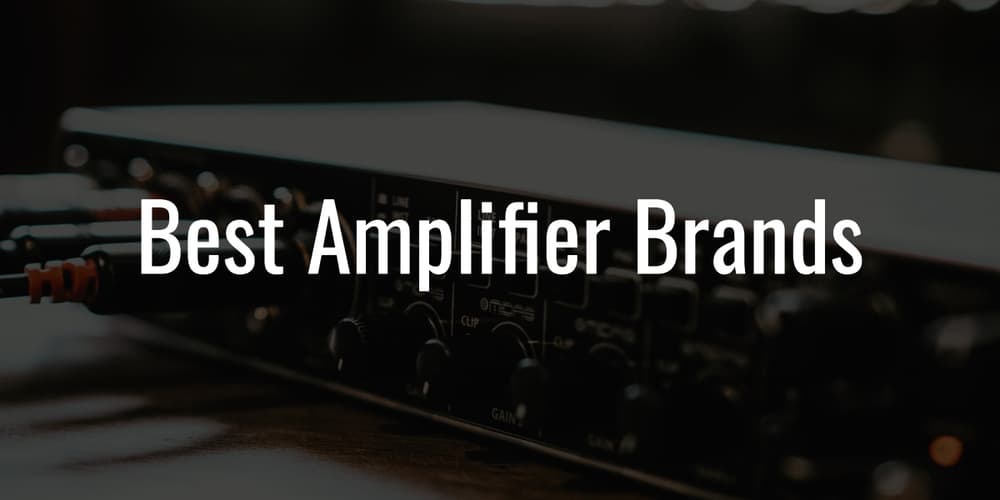
The Contenders: Top Car Amplifier Brands
When it comes to powering your car audio system, certain brands have consistently earned a reputation for quality, innovation, and performance. Here are some of the top car amplifier brands in the market:
- JL Audio: A premium brand synonymous with high-fidelity sound and powerful bass. JL Audio amplifiers, like the XDv2 and RD series, are known for their clean power, compact designs, and advanced DSP capabilities, making them a favorite among audiophiles and SPL enthusiasts alike.
- Rockford Fosgate: A powerhouse in car audio, Rockford Fosgate amps (especially the Punch and Power series) are celebrated for their raw power, rugged durability, and ability to deliver impactful bass. They offer a wide range of amplifiers suitable for various budgets and system types.
- Alpine: Alpine is a well-established brand known for producing reliable, clean-sounding amplifiers. Their V-Power and PDX series amps offer excellent performance, compact footprints, and a reputation for long-term reliability, making them a popular choice for all-around system upgrades.
- Pioneer: A household name in electronics, Pioneer offers a vast selection of car amplifiers that strike a balance between performance and value. Their GM-series amplifiers are particularly popular for their solid power output, reliability, and affordability, catering to a wide audience.
- Kicker: Kicker amps are synonymous with bass and high output. Their CXA and KX series amplifiers are designed to deliver serious power to subwoofers and full-range speakers, making them a go-to for those who want their music to hit hard and loud.
- Kenwood: Kenwood’s Excelon series amplifiers are highly regarded for their clean power, robust build quality, and excellent sound reproduction. They offer a good balance of features and performance, providing reliable amplification across various price points.
- Hifonics: Known for their distinctive "god-like" naming conventions (Zeus, Brutus), Hifonics amplifiers offer significant power output at competitive price points. They are a popular choice for those seeking high wattage without breaking the bank, particularly for bass-heavy systems.
- AudioControl: For the serious audiophile or installer facing complex system challenges, AudioControl amplifiers and processors are invaluable. They are known for their advanced signal processing, built-in line output converters, and the ability to integrate seamlessly with factory systems, offering unparalleled control over sound.
- Audison: A high-end Italian brand, Audison amplifiers (like the Prima, SR, and Voce series) are engineered for ultimate sound quality. They prioritize clarity, detail, and musicality, making them a top choice for discerning listeners building competition-level or audiophile-grade sound systems.
Installation Tips and Best Practices
Even the best amplifier won’t perform optimally if not installed correctly.
- Proper Wiring: Use appropriate gauge power and ground wires (OFC – Oxygen-Free Copper is preferred) to minimize voltage drop and maximize current delivery. Ensure the ground wire is short and connected to a clean, bare metal surface on the vehicle chassis.
- Fusing: Always install an inline fuse holder on the power wire, as close to the battery as possible, to protect your vehicle’s electrical system from shorts.
- Gain Setting: This is critical. The gain knob is not a volume control. It matches the amplifier’s input sensitivity to your head unit’s output voltage. Use a digital multimeter or an oscilloscope for accurate gain setting to prevent clipping and distortion.
- Mounting Location: Choose a location that allows for adequate ventilation to prevent overheating (e.g., trunk, under a seat with clearance). Avoid mounting on carpet directly without spacers.
- RCA Cables: Use high-quality, shielded RCA cables to prevent noise and interference from being picked up by the audio signal. Route them away from power cables.
- Professional vs. DIY: While DIY installation is possible, professional installation ensures proper wiring, gain setting, and system integration, often leading to better sound and reliability.
Challenges and Solutions
- Overheating:
- Challenge: Amplifier shuts off or distorts due to excessive heat.
- Solution: Ensure proper ventilation, avoid mounting in enclosed spaces, check for impedance mismatches (too low impedance can cause overheating).
- Noise/Hiss:
- Challenge: Audible static, whine, or hiss through speakers.
- Solution: Check grounding points, use high-quality shielded RCA cables, route power and RCA cables separately, ensure proper gain setting, and consider a ground loop isolator if necessary.
- Underpowering/Overpowering Speakers:
- Challenge: Speakers sound weak or distort easily.
- Solution: Always match the amplifier’s RMS output to your speakers’ RMS power handling. Too little power causes clipping; too much can damage speakers if not managed properly.
- Space Constraints:
- Challenge: Modern vehicles often have limited space for large amplifiers.
- Solution: Look for compact Class D amplifiers, which offer high power in a smaller footprint. Some brands offer micro-amps designed for tight spaces.
Amplifier Price Guide
Please note that prices for car amplifiers vary significantly based on brand, model, power output, features, and retailer. The ranges provided below are approximate and intended as a general guide for typical models from these top brands. Always check current retail prices for specific models.
| Brand Name | Market Position | Typical Mono Amp Price Range | Typical 2-Channel Amp Price Range | Typical 4-Channel Amp Price Range | Noted For |
|---|---|---|---|---|---|
| JL Audio | Premium | $300 – $1500+ | $250 – $1000+ | $350 – $1200+ | Audiophile Sound, Compact Design, DSP |
| Rockford Fosgate | High-Performance | $200 – $1200+ | $180 – $800+ | $250 – $1000+ | Raw Power, Durability, Iconic Series |
| Alpine | Mid-to-High Range | $180 – $900+ | $150 – $700+ | $200 – $900+ | Clean Power, Reliability, Compact PDX Series |
| Pioneer | Value/Mid-Range | $100 – $500+ | $80 – $400+ | $120 – $500+ | Affordability, Reliability, Wide Range |
| Kicker | Power/Bass Focus | $150 – $800+ | $120 – $600+ | $180 – $700+ | High Output, Bass Performance |
| Kenwood | Value/Mid-Range | $120 – $600+ | $100 – $500+ | $150 – $600+ | Solid Performance, Excelon Quality |
| Hifonics | Budget Power | $80 – $400+ | $70 – $350+ | $100 – $450+ | High Watts per Dollar, Bass Focus |
| AudioControl | Advanced/Processor | $400 – $1500+ | $350 – $1000+ | $500 – $1500+ | DSP, OEM Integration, Sound Correction |
| Audison | Ultra-Premium | $500 – $2500+ | $400 – $2000+ | $600 – $2500+ | Uncompromising Sound Quality, Italian Craft |
Note: Prices are highly variable and represent typical ranges for common models. High-end, specialty, or older/discontinued models may fall outside these ranges. Always verify current prices with authorized retailers.
Frequently Asked Questions (FAQ)
Q1: Do I really need an amplifier if my head unit has built-in power?
A1: While your head unit provides some power, it’s typically very low (around 15-20 watts RMS per channel). An external amplifier delivers significantly more clean power, resulting in dramatically improved clarity, volume, and bass, especially for aftermarket speakers and subwoofers.
Q2: What’s the difference between RMS and Peak power, and which one should I focus on?
A2: RMS (Root Mean Square) power is the continuous power an amplifier can deliver without distortion. Peak power is the maximum power it can produce for a brief instant. Always focus on RMS power, as it’s the realistic indicator of an amplifier’s capabilities and what you should match to your speakers’ power handling.
Q3: Can I use a 2-ohm stable amplifier with 4-ohm speakers?
A3: Yes, absolutely. A 2-ohm stable amplifier can safely power 4-ohm speakers. It will simply deliver less power than its 2-ohm rating, as the higher impedance of the speakers draws less current. You cannot safely use a 4-ohm stable amp with 2-ohm speakers, as it would cause the amplifier to overheat and potentially fail.
Q4: Where should I mount my amplifier in my car?
A4: Common locations include under a seat, in the trunk, or behind a rear seat. The key considerations are adequate ventilation to prevent overheating, accessibility for wiring, and protection from moisture or physical damage.
Q5: How do I set the gain on my amplifier correctly?
A5: The gain knob matches the amplifier’s input sensitivity to your head unit’s output voltage. It’s not a volume control. The most accurate way is to use a digital multimeter or an oscilloscope. Alternatively, you can turn your head unit to about 75-80% of its maximum volume, then slowly increase the amplifier’s gain until you hear any distortion, then back it off slightly.
Q6: Is it better to have one powerful amplifier or multiple smaller ones?
A6: It depends on your system design. A single multi-channel amplifier (like a 5-channel) can simplify wiring and installation for a complete system (speakers + subwoofer). However, for very high-power systems or those requiring precise tuning for different components, using separate amplifiers (e.g., a 4-channel for speakers and a mono for a subwoofer) can offer more flexibility and dedicated power.
Conclusion
Investing in a quality car amplifier from a reputable brand is one of the most impactful upgrades you can make to your vehicle’s audio system. It’s the critical component that unleashes the full potential of your speakers and subwoofers, transforming your driving experience into a dynamic, immersive concert on wheels.
By understanding the key specifications and choosing a brand known for its reliability and performance, you can ensure your hard-earned money goes towards an amplifier that will deliver clean, powerful sound for years to come. Whether you’re an audiophile chasing perfect fidelity, a bass-head craving thunderous lows, or simply someone who wants their music to sound its best, there’s a top-tier amplifier out there waiting to elevate your car audio journey. Choose wisely, install correctly, and prepare to rediscover your favorite tunes on the open road.


